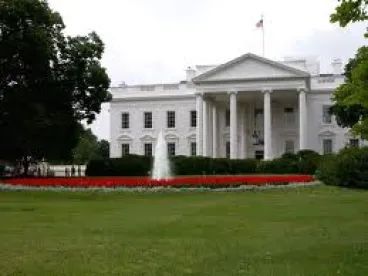The current administration has made it a priority to increase benefits and expand protections for employees working in the United States. A central focus of this priority relates to ending gender pay inequality by encouraging pay transparency, decreasing pay discrimination and ensuring fair compensation. In setting out to accomplish those goals, federal agencies have issued several rules recently which require affirmative steps to be taken by employers.
On January 11, 2016, the Office of Federal Contract Compliance Programs (“OFCCP”) published a Final Rule implementing President Obama’s 2014 Executive Order 13665 promoting pay transparency. The Final Rule amends OFCCP regulations to prohibit federal contractors from discharging or discriminating against applicants or employees who inquire about, discuss or disclose their own compensation or the compensation of other applicants or employees. Further, all new federal contracts or subcontracts must contain a new, specifically worded equal opportunity provision.
Additionally, federal contractors must incorporate a detailed non-discrimination provision into existing employee handbooks or policy manuals and post a revised equal employment notice in the workplace. Although the Final Rule gives employees significant protection to freely discuss and discover compensation information, the revised regulations also include new protections for an employer accused of pay discrimination. The Final Rule has been published at 80 Fed. Reg. 54,934; 54,977 (Sept. 11, 2015) (to be codified at 41 CFR pt. 60-1).
The Equal Employment Opportunity Commission (“EEOC”) announced on January 29, 2016, its proposed revision to the Employer Information Report (“EEO-1 Report”) to require all employers with more than 100 employees to include pay data in their EEO-1 Reports. In light of U.S. Department of Labor Secretary Thomas E. Perez’s statement that this proposed revision would be “a more powerful tool for his agency to do its enforcement work,” it is anticipated that this data will be shared with the U.S. Department of Labor (“DOL”), and specifically the OFCCP, to assist in identifying potential pay disparities across both gender and ethnicity lines. The Notice of Proposed Rulemaking (“NPRM”) was published on February 1, 2016 (81 Fed. Reg. 5,113; 5,121 (Feb. 1, 2016)) and is available for public comments. The proposed rule is expected to become final by September 2016.
As expanding regulations lead to greater access to employee information, federal investigations and audits will likely increase. Therefore, it is prudent for employers to take proactive measures before the NPRM becomes final and disclosure of pay data becomes mandatory.



 />i
/>i

